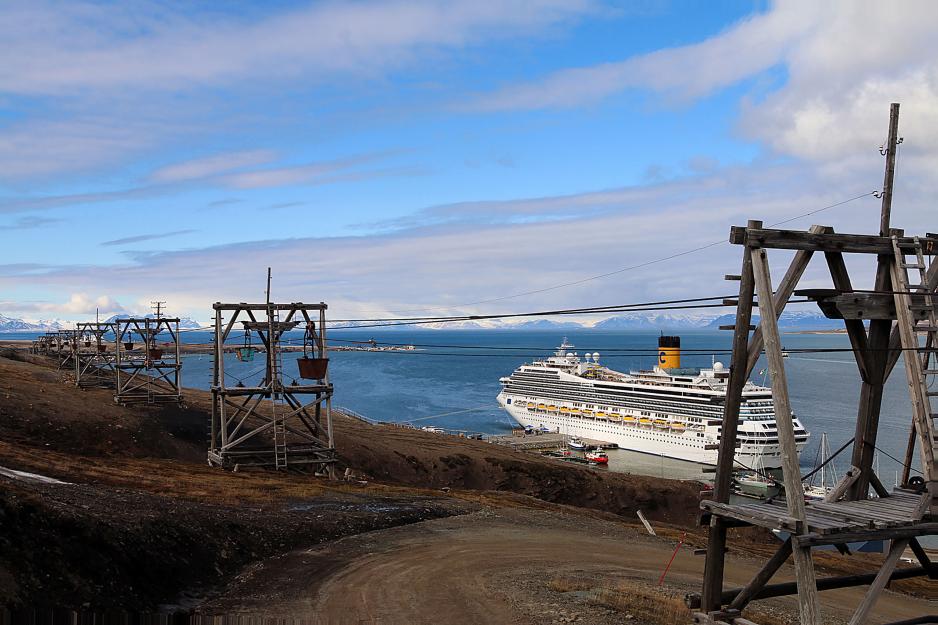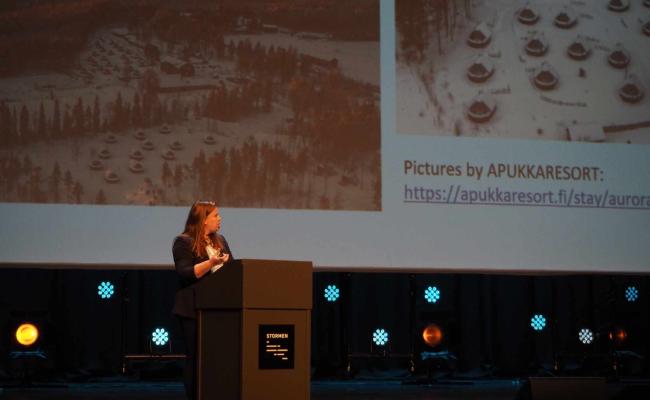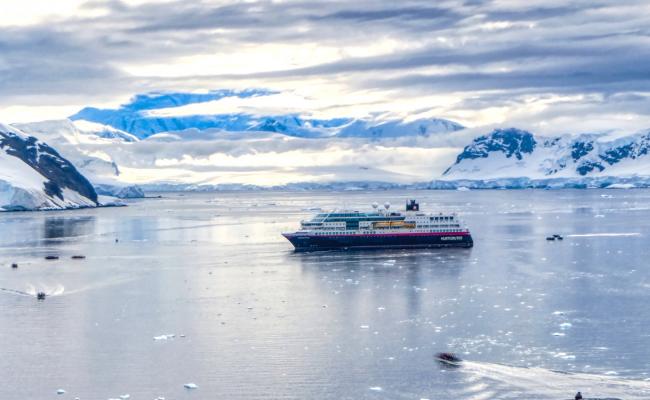Op-ed: Managing Cruise Volume at Nordic Cruise Destinations

Four researchers have examined cruise tourism in the Nordic region. (Archive photo of a cruise ship in Longyearbyen: Visit Svalbard)
Op-ed: Cruise destinations take a more active role in managing growing cruise tourism, four researchers write in this op-ed.
This is an op-ed written by external contributors. All views expressed are the authors' own.
Local strategies matter
Cruise tourism is growing in the Nordic and Arctic regions. This development contributes to local value and job creation, but also raises concerns about sustainability, local management, and community impact.
Our recent research examines how four Nordic destinations, Gotland (Sweden), Ísafjörður (Iceland), and Lofoten and Svalbard (Norway), are employing different strategies to manage cruise ship arrivals.
The study published in the Scandinavian Journal of Hospitality and Tourism shows that local actors and tourism stakeholders are developing innovative institutional and social arrangements to influence cruise traffic and its volume, despite having limited formal power.
More than regulations
In other words, the Arctic destinations are moving beyond being passive recipients of cruise traffic, and are instead implementing formal and informal institutions, such as regulations, guidelines, voluntary agreements, and networking initiatives to manage cruise traffic.
Though cruise regulations are important, the study suggests that national and regional authorities should also empower local communities to proactively and intentionally manage cruise activities at the local level.
This should include equipping communities and tourism stakeholders with tools and resources to influence decisions regarding the increases or decreases in cruise activity.
Smaller destinations might not have the funding or staff needed to work proactively on local cruise strategies.
Arctic destinations are moving beyond being passive recipients of cruise traffic.
Diverse strategies
The research highlights differences between destinations and their management approaches.
These approaches include caps on the number of cruise passengers, scheduling systems, environmental standards, and networking practices developed through stakeholder collaboration.
In Ísafjörður, for instance, local stakeholders have successfully introduced a cap on the number of cruise passengers: a maximum of 5,000 cruise visitors is allowed per day.
Similar discussions on a cap on the cruise passengers in two ports, but also a tourist tax, took place in Lofoten. A knowledge-based assessment of carrying capacity was developed for Longyearbyen.
These three destinations fostered collaboration with key industry stakeholders like AECO (Association of Arctic Expedition Cruise Operators).
This collaboration resulted in developing community guidelines which provide travelers with useful information about the destination and “dos and don’ts when visiting Arctic communities.”
Regulations alone are not enough to address cruise concerns.
Among other measures, cruise networks are worth noting. In Svalbard, the Svalbard Cruise Forum was initiated by Visit Svalbard and AECO.
Similar networking initiatives exist in Lofoten, the Lofoten Cruise Network, where Destination Lofoten has a central role.
In addition, Ísafjörður and Lofoten developed a code of conduct for visitors, and community guidelines were introduced in Longyearbyen. Also information signs have been set up in the port areas.
These three destinations have taken measures to protect natural environments.
Also read (the text continues)
Meanwhile, environmental regulations in the Baltic Sea that required travel more slowly for cruise vessels, led to increased cruise traffic to Gotland, which was a convenient stop between several destinations.
In Gotland, in contrast to the other three cases, a partnership with a large external company has led to increased cruise traffic.
The pier, now operated by a private entity, which seems to prioritize profit over preservation, leaving the community with limited influence over tourism volume.
This case represents an exception to the trends observed in the other studied destinations. At the same time, cruise competition may be higher in Gotland compared to the Arctic destinations.
Implications
Our study suggests that regulations alone are not enough to address cruise concerns.
Illustrates a change in the power dynamics
The Arctic experience shows that even with limited formal power, local communities (if the willingness is present) can influence cruise traffic through various innovative strategies.
Our cases illustrate a change in the power dynamics towards a system where multiple institutions and stakeholders share responsibility and decision-making.
In other words, there is a shift toward tourism that prioritizes local needs, values, and participation.
Such a shift empowers local cruise stakeholders to negotiate with global cruise operators, ensuring that local characteristics and priorities are reflected.
However, the case of Gotland also illustrates that the ownership structure of the harbor and harbor area can influence local involvement in cruise decision-making.
We believe the study insights are relevant for other Arctic destinations facing similar challenges and seeking to balance tourism growth with sustainability and community well-being.
We suggest that there is a need to promote collaboration and knowledge exchange among ports and cruise destinations regarding local management of cruise-related activities.






